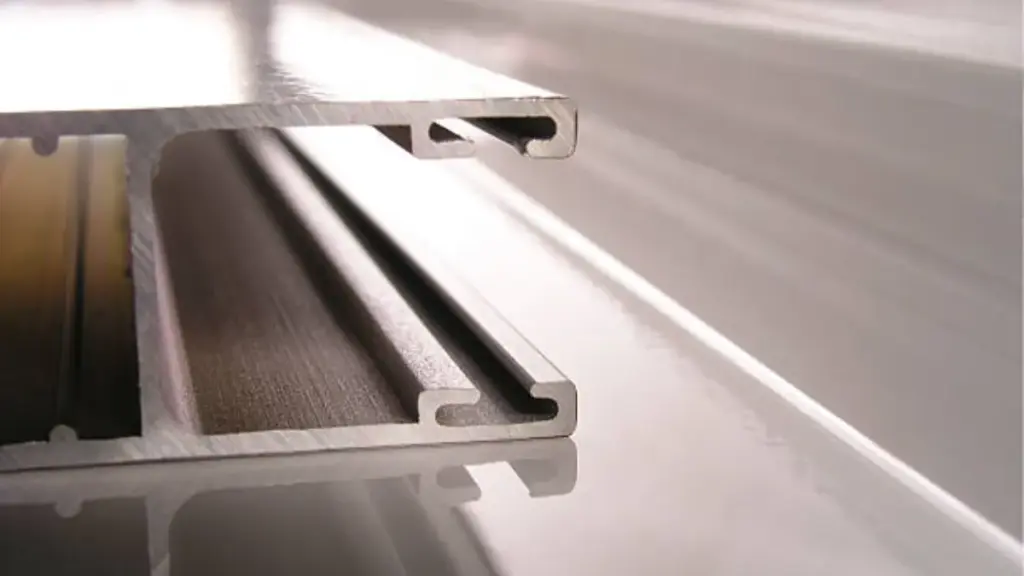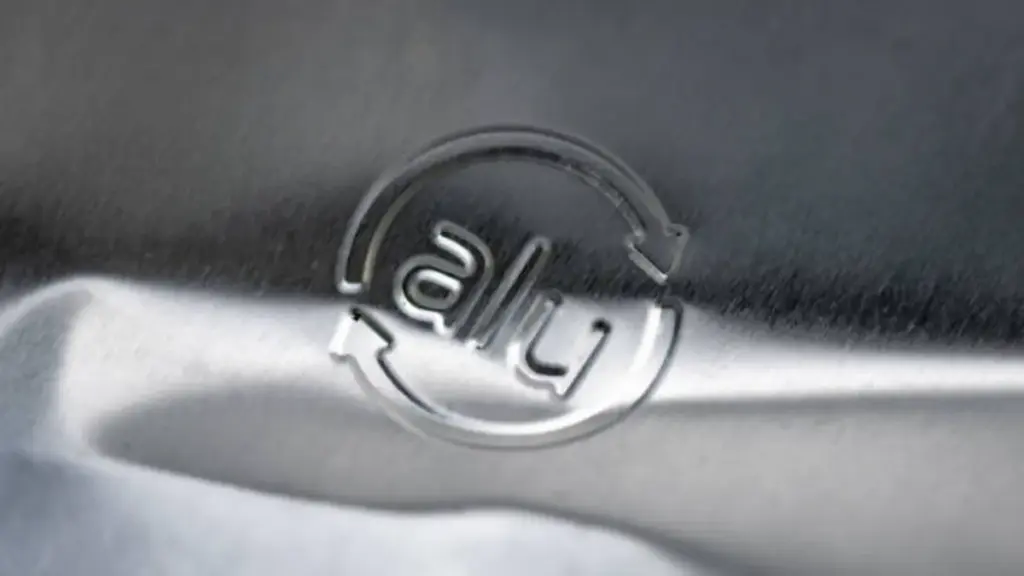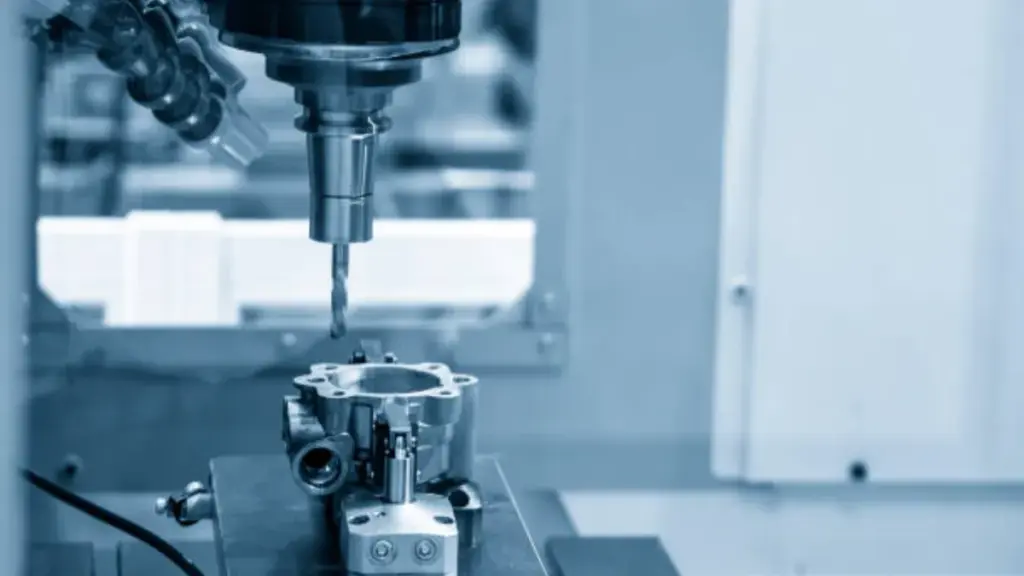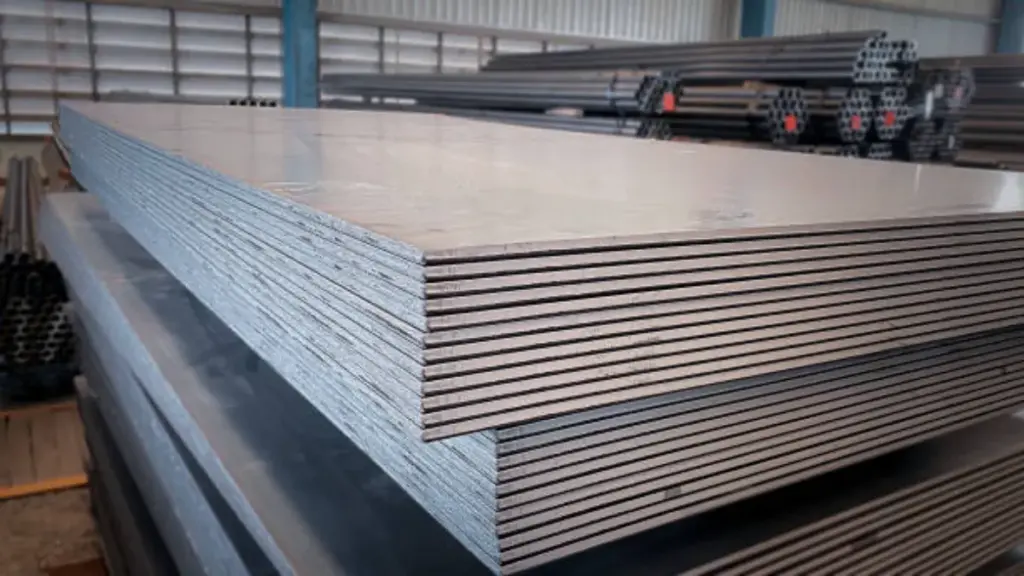당신이 당신의 차를 타면, 라이드를 매끄럽게 만드는 특수 부품의 수를 잊기 쉽습니다., 안전한, 그리고 신뢰할 수 있습니다. 그러나 모든 매끄러운 차량 뒤에는 다이 캐스팅을 사용하여 제작 된 다양한 부품이 있습니다. 자동차 생산에 필수적인 고급 제조 공정. 얼마나 힘든지 궁금해했다면, 가장 가벼운, 그리고 가장 정확한 구성 요소가 만들어집니다, 다이 캐스팅은 비밀 성분입니다. 자동차 다이 캐스팅이 무엇인지 살펴 보겠습니다, 사용된 재료, 그것이 가져 오는 혜택, 자동차 다이 캐스팅 제품의 몇 가지 주요 사례.
다이캐스팅이란??
그 핵심, 다이캐스팅 용융 금속을 고압 하에서 금형으로 강제하여 금속 부품을 생산하는 데 사용되는 방법입니다.. 튜브에서 치약을 압박한다고 상상해보십시오, 이 경우를 제외하고, 복잡한 형태를 형성하기 위해 복잡한 곰팡이에 주입되는 뜨거운 액체 금속입니다..
자동차 산업에서, 다이 캐스팅은 생성하는 데 사용됩니다 다이캐스팅 자동차 부품 가볍습니다, 튼튼한, 매우 상세합니다. 이 부분은 가장 가혹한 조건을 견뎌야합니다, 엔진 블록에서 변속기 하우징까지, 그리고 다이 캐스팅은 그렇게 효율적으로 할 수 있습니다.. 정밀도와 힘을 모두위한 완벽한 레시피를 갖는 것과 같습니다..
자동차에 사용되는 일반적인 유형의 재료 다이 캐스팅
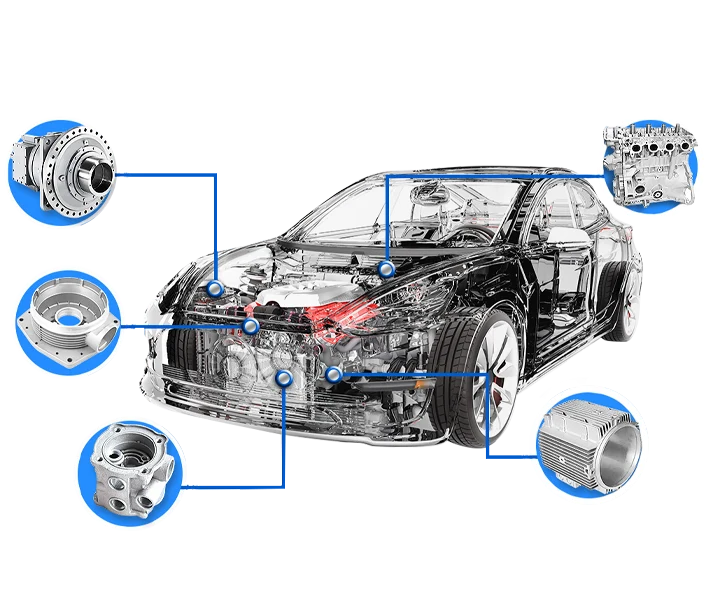
알루미늄 다이 캐스팅
자동차 부문의 알루미늄 기반 주물은 강도 대 무게 비율로 선호됩니다., 즉, 차량에 불필요한 무게를 추가하지 않는 견고한 부분을 얻는다는 의미입니다.. 생각해보십시오. 연료 효율을 향상시키기 위해서는 대도의 자동차가 강력하고 가벼워야합니다., 알루미늄 자동차 부품은 두 상자를 모두 확인합니다. 엔진 블록에서 휠까지, 알루미늄 다이 캐스팅 자동차 부품은 현대 자동차 디자인에 필수적입니다.. 중요한 엔진 구성 요소에 사용됩니다, 차량 성능을 향상시키는 데 핵심 플레이어를 만들면서 연료 소비를 줄이기도합니다..
알루미늄 다이 캐스팅 자동차 부품의 이점
- 경량: 알루미늄은 경량 금속입니다, 차량의 전반적인 무게를 줄이는 데 도움이됩니다, 연료 효율과 성능을 향상시킵니다.
- 강도와 내구성: 자동차 알루미늄 다이 캐스팅 부품은 강하고 고온과 무거운 마모를 견딜 수 있습니다., 자동차 애플리케이션에 이상적입니다.
- 부식 저항: 알루미늄은 자연적으로 부식에 저항합니다, 자동차 부품의 수명과 신뢰성이 증가합니다, 특히 가혹한 조건에서.
- 설계 유연성: 다이 캐스팅은 복잡하고 복잡한 모양을 허용합니다, 제조업체가 얇은 벽과 정확한 크기의 부품을 만들 수 있도록.
- 비용 효율적인 생산: 다이 캐스팅 과정은 대량 생산에 매우 효율적입니다., 재료 폐기물과 전반적인 제조 비용을 줄입니다.
아연 다이캐스팅
아연은 당신이 생각하는 첫 번째 재료가 아닐 수도 있습니다., 그러나 자동차 주조 부문에서도 인기가 있습니다.. 아연 다이 캐스팅 제품은 내구성과 다양성으로 유명합니다.. 아연은 종종 잠금 장치 나 커넥터와 같은 작은 부품에서 사용됩니다., 구성 요소에 정밀성과 강도가 필요한 자동차 제조업체에게는 필수적입니다..
아연 다이 캐스팅 자동차 부품의 이점
- 고강도: 아연 다이 캐스팅 부품은 탁월한 강도와 강인성을 제공합니다, 스트레스와 충격을 견딜 수있는 자동차 부품에 이상적.
- 정밀도와 세부 사항: 아연은 단단한 공차와 복잡한 디자인을 허용합니다, 복잡한 자동차 시스템에서 의도 한대로 부품이 정확하게 맞고 성능.
- 비용 효율적: 아연은 다른 많은 금속보다 저렴합니다, 다이 캐스팅 과정은 대량 생산에 매우 효율적입니다., 자동차 제조업체를위한 비용 효율적인 옵션으로 만듭니다.
- 우수한 표면 마감: 아연 다이 캐스트 부품은 매끄럽습니다, 세련된 마무리, 추가 마무리 프로세스의 필요성을 줄이고 구성 요소의 전반적인 외관 개선.
- 부식 저항: 아연은 고유 한 부식성 특성을 가지고 있습니다, 수분과 가혹한 환경 조건에 노출 된 자동차 부품에 적합한, 더 긴 서비스 수명을 보장합니다.
마그네슘 다이 캐스팅
마그네슘은 일반적으로 이야기되지 않을 수 있습니다, 그러나 가장 가벼운 구조 금속 중 하나입니다, 무게 감소가 중요한 자동차 애플리케이션에 이상적. 마그네슘 다이 캐스팅 자동차 부품은 인기를 얻고 있습니다, 특히 고성능 및 전기 자동차에서, 무게를 줄이면 에너지 효율 및 배터리 수명에 도움이됩니다..
마그네슘 다이 캐스팅 자동차 부품의 이점
- 경량: 마그네슘은 가장 가벼운 구조 금속입니다, 차량의 전체 중량을 크게 줄입니다, 연료 효율 및 성능 향상.
- 높은 강도 대 중량비: 가벼움에도 불구하고, 마그네슘은 강력한 구조적 무결성을 제공합니다, 고성능 자동차 부품에 적합합니다.
- 열전도율: 마그네슘은 우수한 열 소산 특성을 가지고 있습니다, 고온을 관리 해야하는 엔진 구성 요소와 같은 자동차 부품에 중요합니다..
- 안전성 향상: 마그네슘 부품은 강하지 만 가볍습니다, 더 나은 취급에 기여합니다, 제동, 중심을 낮추어 차량의 전반적인 안전.
- 재활용: 알루미늄처럼, 마그네슘은 재활용 가능합니다, 지속 가능한 자동차 제조를위한 환경 친화적 인 옵션 만들기.
다이 캐스팅에 사용되는 다른 재료
알루미늄, 아연, 그리고 마그네슘은 가장 일반적인 다이 캐스팅 재료입니다, 다이 캐스팅 제조업체 때때로 구리를 사용하십시오, 선두, 주석, 다이 캐스팅 과정에서 강철조차도, 부품의 특정 요구 사항에 따라. 구리 합금, 예를 들어, 고온에 저항 해야하는 부품에서 종종 사용됩니다..
다이 캐스팅 자동차 부품의 예
다이 캐스팅은 자동차에서 가장 중요한 부품 중 일부를 만드는 책임이 있습니다.. 자동차 부품의 몇 가지 주요 예를 살펴 보겠습니다..
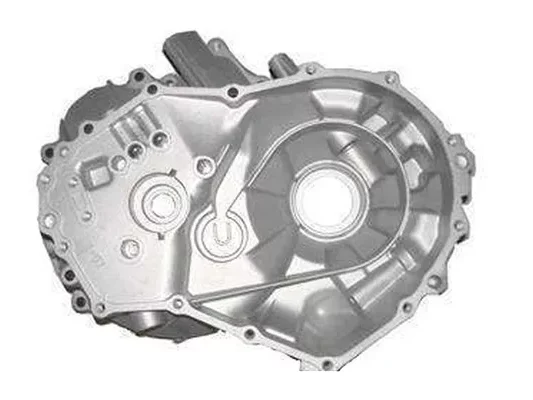
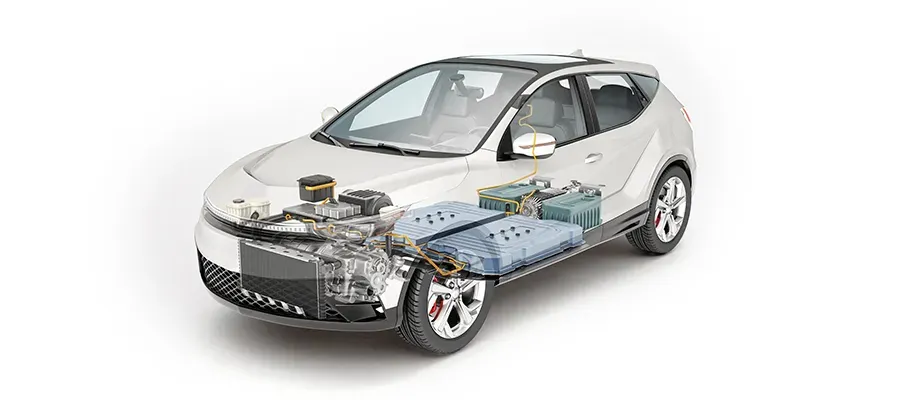
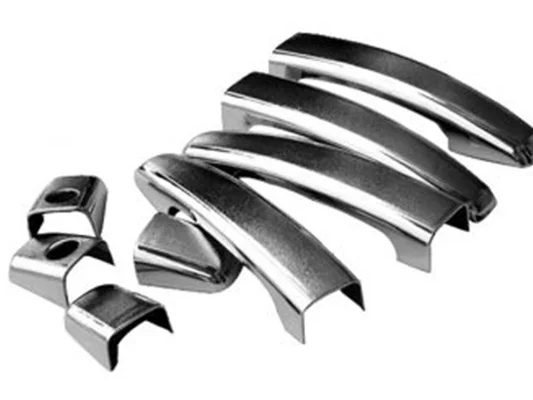
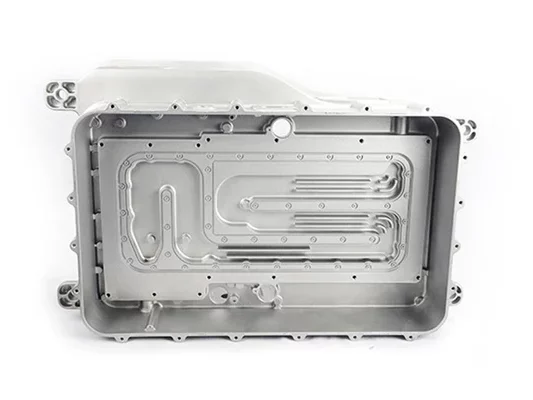
엔진 구성 요소
다이 캐스팅은 엔진 구성 요소와 관련하여 특히 가치가 있습니다.. 알루미늄 다이캐스팅 자동차 부품, 실린더 헤드 및 엔진 블록과 같은, 가벼우면서도 내구성이 뛰어납니다. 이 부품은 극한 온도와 압력을 처리해야합니다, 그리고 다이 캐스팅은 그들이하는 것을 보장합니다.
변속기 부품
전송 부품, 기어 박스 및 하우징을 포함하여, 다이 캐스팅이 제공하는 정밀도로부터 큰 이점을 얻으십시오. Die Casting Automotive Parts는 일정한 변화를 견딜 수있는 복잡한 디자인을 허용하고 변속기가 겪는 변속률.
구조 부품
브래킷, 하우징, 프레임 구성 요소는 또한 다이 캐스팅을 사용하여 일반적으로 생산됩니다.. 이 부분은 많은 스트레스와 충격을 견뎌야합니다., 그리고 다이 캐스팅은 제조업체가 강력하고 가벼운 조각을 만들 수 있습니다..
다른 자동차 부품
휠에서 조명 하우징 및 클러치 부품에 이르기까지, 다이 캐스팅은 또한 차량 시스템을 구성하는 작지만 가장 중요한 작품을 만드는 데 중요한 역할을합니다..
자동차 산업에서 다이 캐스팅의 이점
그래서, 자동차 산업이 왜 다이 캐스팅에 크게 의존합니까?? 잘, 이점은 무시하기 어렵습니다.

정밀도와 세부 사항
자동차 제조에서 다이 캐스팅이 사용되는 주된 이유 중 하나는 타이트한 공차와 복잡한 디자인으로 부품을 만들 수 있기 때문입니다.. 이 정밀도는 자동차 세계에서 필수적입니다, 가장 작은 구성 요소조차도 완벽하게 맞고 올바르게 작동 해야하는 경우.
내구성과 힘
다이 캐스팅 제품은 지속되도록 제작되었습니다. 알루미늄 합금 부품이든 마그네슘 프레임이든, 이러한 구성 요소는 극심한 스트레스를 처리해야합니다, 온도 변동, 그리고 착용. 다이 캐스팅 프로세스는 각 부분이 강하고 도로의 엄격함을 견딜 수 있도록합니다..
경량과 효율성
다이 캐스팅은 체중 감소와 관련하여 상당한 이점을 제공합니다.. 자동차가 더 가벼워지면서, 그들은 연료를 적게 소비하고 더 잘 수행합니다. 알루미늄 기반 주물, 특히, 힘을 손상시키지 않고 물건을 가볍게 유지하는 데 능숙합니다.
비용 효율성 및 확장 성
다이 캐스팅은 대량 생산에 매우 효율적입니다. 금형이 생성되면, 프로세스는 규모로 반복 될 수 있습니다, 부품 당 비용을 줄입니다. 이것은 자동차 산업에 적합합니다, 수천을 생산해야합니다 (또는 심지어 수백만) 일관된 부분의 부품.
자동차 제조의 다이 캐스팅 과정
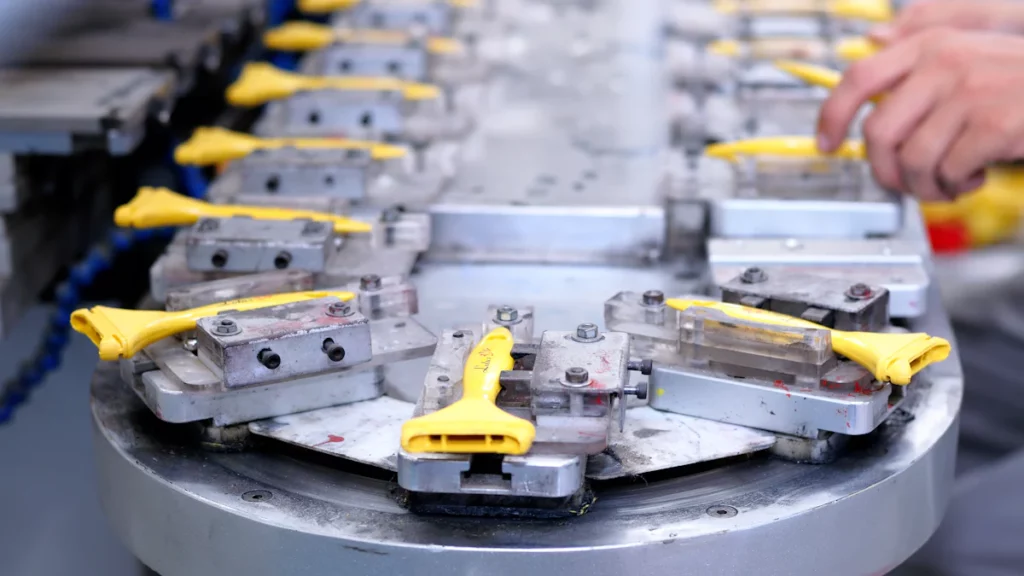
캐스팅 프로세스 단계
다이 캐스팅 과정에는 몇 가지 주요 단계가 포함됩니다: 곰팡이 생성, 금속 주입, 냉각, 그리고 배출. 금형이 설계되고 작성된 후, 녹은 금속 (종종 알루미늄) 고압 하에서 금형에 주입된다. 냉각 후, 부분이 배출됩니다, 그리고 그 과정은 다시 시작됩니다.
다이 캐스팅의 자동화
다이 캐스팅이 인기를 얻은 이유 중 하나는 자동화 때문입니다.. 다이 캐스팅의 자동화는 정밀성을 보장하는 데 도움이됩니다, 반복성, 그리고 속도. 이것은 자동차 제조에 중요합니다, 마감일과 품질 관리가 중요한 경우.
자동차 부품에 대한 다이 캐스팅의 도전
다이 캐스팅은 많은 이점을 제공합니다, 도전이없는 것은 아닙니다. 프로세스는 비쌀 수 있습니다, 특히 복잡한 곰팡이 또는 고급 재료를 다룰 때. 추가적으로, 품질 관리는 가장 중요합니다. 각 부품이 필요한 사양을 충족한다는 내용은 까다로울 수 있습니다., 특히 고정밀 구성 요소가 있습니다.
결론
다이 캐스팅은 자동차 제조의 필수 부분입니다. 높은 정밀도의 조합, 힘, 그리고 그것이 제공하는 효율성은 자동차 산업이 현대 차량에 필수적인 복잡하고 경량 구성 요소를 생산할 수있게 해주었습니다.. 체중 감소 여부, 내구성 향상, 또는 복잡한 디자인을 만듭니다, Die Casting Automotive Parts는 자동차 세계의 미래에서 계속 중요한 역할을합니다..
자주 묻는 질문
- 자동차 다이 캐스팅에 사용되는 가장 일반적인 자료는 무엇입니까?? 알루미늄은 가장 널리 사용되는 재료입니다, 강도 대 중량 비율과 비용 효율성 덕분입니다.
- 알루미늄이 자동차 부품에 사용되는 이유는 무엇입니까?? 알루미늄은 가볍습니다, 튼튼한, 그리고 부식에 저항합니다, 힘든 조건에서 수행 해야하는 자동차 부품에 적합합니다..
- 일반적으로 다이 캐스팅으로 만든 자동차 부품? 엔진 블록, 전송 부품, 구조 구성 요소, 바퀴, 그리고 조명 하우징은 자동차 다이 캐스팅 제품의 몇 가지 예일뿐입니다..
- 다이 캐스팅은 어떻게 연료 효율을 향상시킵니다? 가벼운 구성 요소를 생성함으로써, 다이 캐스팅은 차량의 전반적인 무게를 줄이는 데 도움이됩니다., 이는 연료 효율이 향상됩니다.
- 자동차 산업의 대량 생산에 적합한 다이 캐스팅입니다.? 예, 다이 캐스팅은 고속으로 인해 대량 생산에 적합합니다., 정도, 그리고 비용 효율성.

